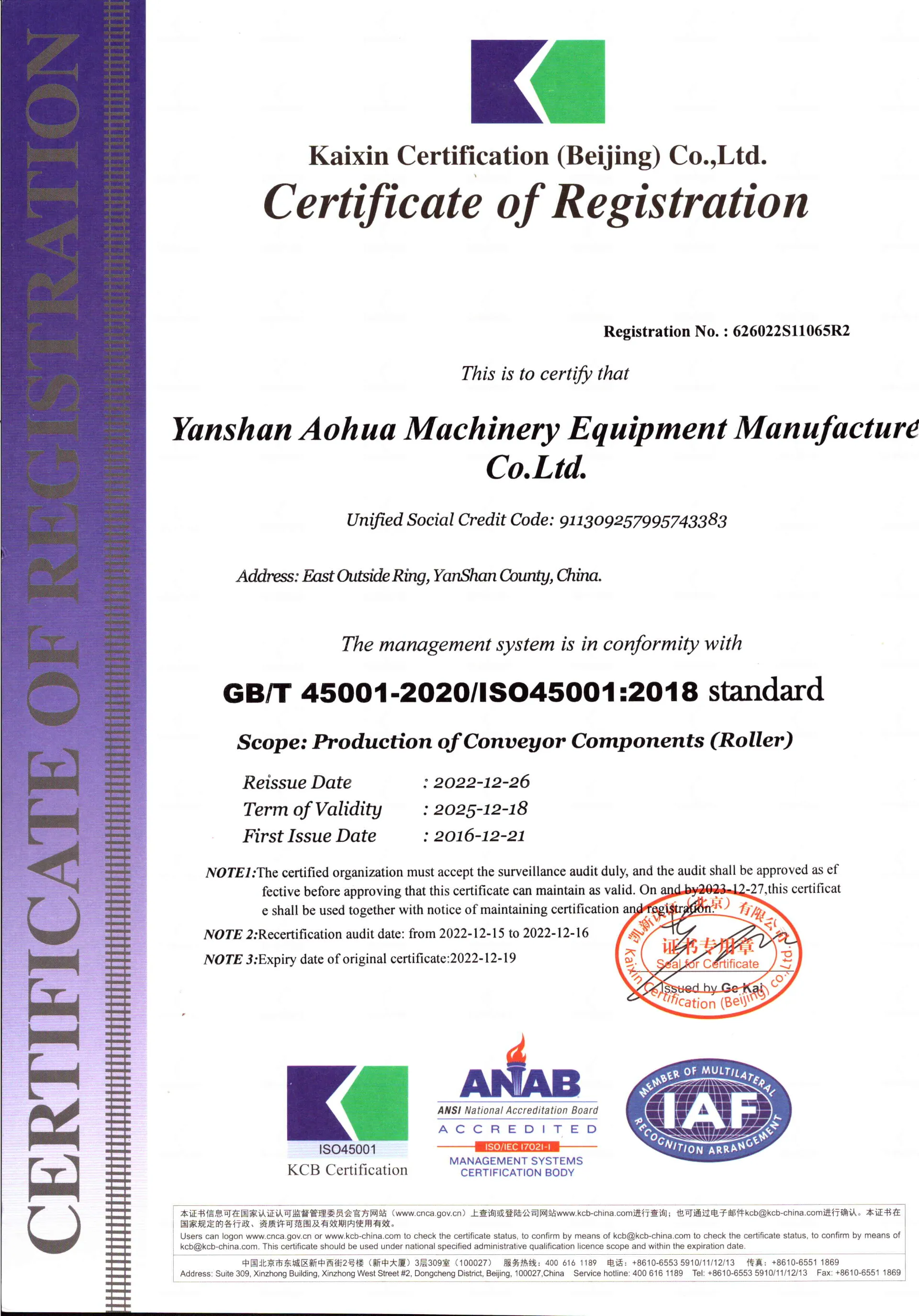 Afrikaans
Afrikaans  Albanian
Albanian  Amharic
Amharic  Arabic
Arabic  Armenian
Armenian  Azerbaijani
Azerbaijani  Basque
Basque  Belarusian
Belarusian  Bengali
Bengali  Bosnian
Bosnian  Bulgarian
Bulgarian  Catalan
Catalan  Cebuano
Cebuano  Corsican
Corsican  Croatian
Croatian  Czech
Czech  Danish
Danish  Dutch
Dutch  English
English  Esperanto
Esperanto  Estonian
Estonian  Finnish
Finnish  French
French  Frisian
Frisian  Galician
Galician  Georgian
Georgian  German
German  Greek
Greek  Gujarati
Gujarati  Haitian Creole
Haitian Creole  hausa
hausa  hawaiian
hawaiian  Hebrew
Hebrew  Hindi
Hindi  Miao
Miao  Hungarian
Hungarian  Icelandic
Icelandic  igbo
igbo  Indonesian
Indonesian  irish
irish  Italian
Italian  Japanese
Japanese  Javanese
Javanese  Kannada
Kannada  kazakh
kazakh  Khmer
Khmer  Rwandese
Rwandese  Korean
Korean  Kurdish
Kurdish  Kyrgyz
Kyrgyz  Lao
Lao  Latin
Latin  Latvian
Latvian  Lithuanian
Lithuanian  Luxembourgish
Luxembourgish  Macedonian
Macedonian  Malgashi
Malgashi  Malay
Malay  Malayalam
Malayalam  Maltese
Maltese  Maori
Maori  Marathi
Marathi  Mongolian
Mongolian  Myanmar
Myanmar  Nepali
Nepali  Norwegian
Norwegian  Norwegian
Norwegian  Occitan
Occitan  Pashto
Pashto  Persian
Persian  Polish
Polish  Portuguese
Portuguese  Punjabi
Punjabi  Romanian
Romanian  Russian
Russian  Samoan
Samoan  Scottish Gaelic
Scottish Gaelic  Serbian
Serbian  Sesotho
Sesotho  Shona
Shona  Sindhi
Sindhi  Sinhala
Sinhala  Slovak
Slovak  Slovenian
Slovenian  Somali
Somali  Spanish
Spanish  Sundanese
Sundanese  Swahili
Swahili  Swedish
Swedish  Tagalog
Tagalog  Tajik
Tajik  Tamil
Tamil  Tatar
Tatar  Telugu
Telugu  Thai
Thai  Turkish
Turkish  Turkmen
Turkmen  Ukrainian
Ukrainian  Urdu
Urdu  Uighur
Uighur  Uzbek
Uzbek  Vietnamese
Vietnamese  Welsh
Welsh  Bantu
Bantu  Yiddish
Yiddish  Yoruba
Yoruba  Zulu
Zulu drive pulley
Understanding Drive Pulleys A Comprehensive Overview
Drive pulleys are essential components used in various mechanical systems, serving the vital function of transferring power and motion. They are commonly found in equipment ranging from simple household appliances to complex industrial machinery. By understanding how drive pulleys work, their applications, and the different types available, we can appreciate their significance in modern engineering.
What is a Drive Pulley?
A drive pulley is a circular component that acts as an interface for a belt, rope, or chain, facilitating the transfer of rotational motion and power between shafts. The drive pulley is typically connected to a source of power, such as an electric motor or engine, and is coupled with one or more driven pulleys, which are connected to loads that need to be powered.
The fundamental operation involves the drive pulley rotating under the influence of an external force (like a motor), which in turn moves the belt or rope. This transmission of motion can also change direction or increase torque depending on the configuration of the drive system.
Types of Drive Pulleys
Drive pulleys come in various types, each suited for specific applications. Some of the most common types include
1. Fixed Pulleys These pulleys are anchored in place and do not move with the load. They are primarily used to change the direction of force, making it easier to lift loads vertically.
2. Moveable Pulleys Unlike fixed pulleys, these can move with the load. They are often used in block and tackle systems, providing a mechanical advantage that reduces the input force required to lift an object.
3. Compound Pulleys These combine both fixed and movable pulleys to achieve greater mechanical advantage, allowing for heavier loads to be lifted with less effort.
4. V-Belt Pulleys Common in machinery, V-belt pulleys feature a V-shaped groove that accommodates V-belts, ensuring more grip during operation. They are used in scenarios where slip should be minimized.
5. Timing Pulleys These are designed with teeth that fit into corresponding grooves of a timing belt to prevent slippage and ensure accurate timing in applications where synchronization is crucial.
drive pulley

Applications of Drive Pulleys
Drive pulleys are ubiquitous in today's mechanical systems. Their applications range from simple to complex systems, including
- Automotive Industry In cars, drive pulleys are used in the engine to transfer power to the alternator, water pump, and other accessories through belts. - Industrial Machinery In manufacturing, drive pulleys are integral to conveyor systems, helping transport materials with efficiency and precision.
- Household Appliances Washing machines and food processors often utilize drive pulleys to facilitate their operations, providing ease of use and reliability.
- Elevators and Cranes These systems rely on drive pulleys to lift heavy loads, demonstrating their critical role in heavy-duty applications.
Advantages of Using Drive Pulleys
The use of drive pulleys offers several advantages
- Efficiency Pulleys significantly reduce the force needed to move heavy loads, making tasks easier and less labor-intensive. - Versatility They can be configured in multiple ways, allowing for various applications across different industries.
- Durability Made from robust materials, drive pulleys can withstand significant wear and tear, ensuring longevity in operation.
- Space-Saving Pulleys can be arranged compactly, which is particularly valuable in environments where space is at a premium.
Conclusion
In conclusion, drive pulleys play a crucial role in the efficient functioning of mechanical systems across various industries. Their ability to transfer power and motion effectively, combined with their versatility and durability, underscores their importance in both everyday applications and specialized machinery. Understanding the types and functions of drive pulleys can aid in their proper selection and use, ultimately leading to improved performance in mechanical tasks. Whether in an automotive system or an industrial setup, drive pulleys are indeed the unsung heroes of motion transfer.
-
Revolutionizing Conveyor Reliability with Advanced Rubber Lagging PulleysNewsJul.22,2025
-
Powering Precision and Durability with Expert Manufacturers of Conveyor ComponentsNewsJul.22,2025
-
Optimizing Conveyor Systems with Advanced Conveyor AccessoriesNewsJul.22,2025
-
Maximize Conveyor Efficiency with Quality Conveyor Idler PulleysNewsJul.22,2025
-
Future-Proof Your Conveyor System with High-Performance Polyurethane RollerNewsJul.22,2025
-
Driving Efficiency Forward with Quality Idlers and RollersNewsJul.22,2025





























